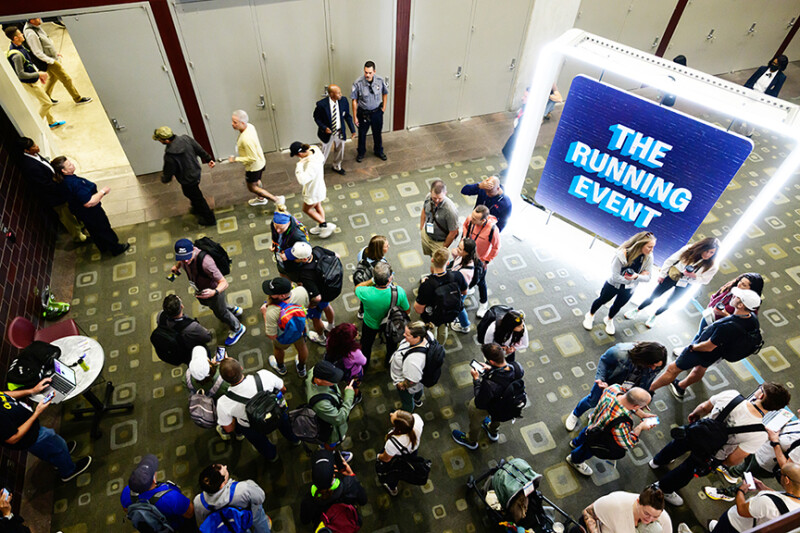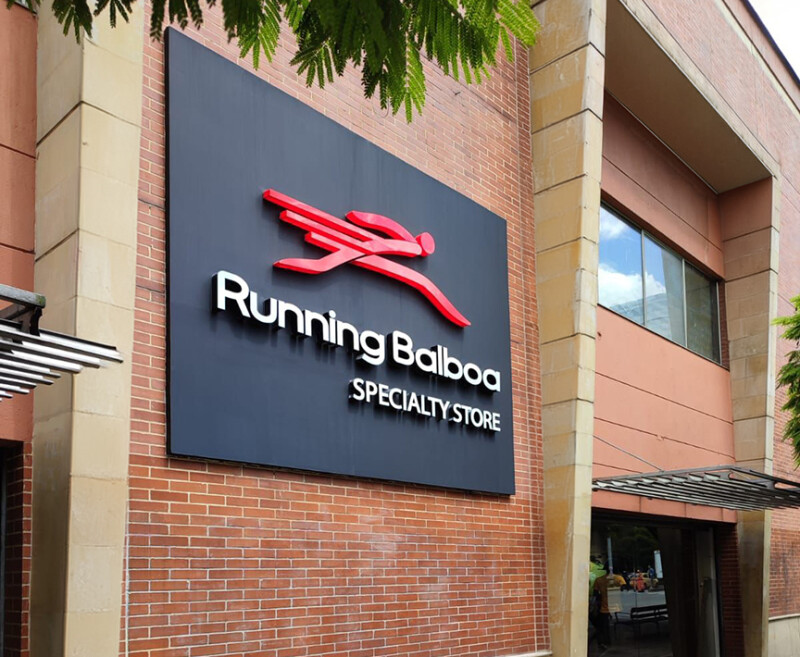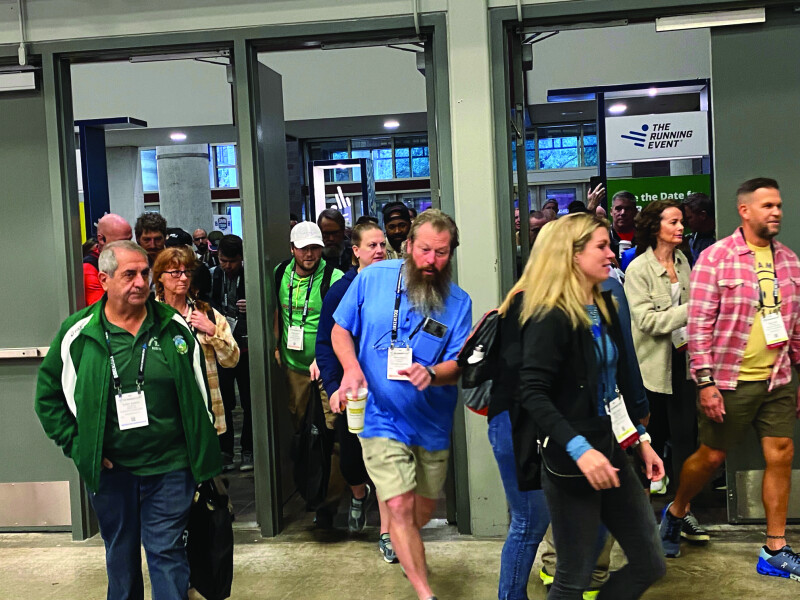Despite the macroeconomic headwinds that have faced U.S. consumers this year, as the run specialty industry convenes in San Antonio, TX, this month for The Running Event 2025 retail demand has held up — unit sales across the general merchandise and CPG industries that Circana tracks are flat through September, compared to the same period last year. Higher average selling prices are leading to a slight dollar growth of two percent.
Some of this average price increase is due to continued inflation, but some of it is due to a mix shift towards higher-priced brands and products.
The theme of 2025 has been that consumers are spending more on what really matters to them and are pulling back or trading down in lower priority areas. Beauty, toys and video games have been standouts, driven by a desire for innovation, emotional connection and interest in health and wellness. The industry performance of footwear, apparel and accessories has lagged overall, but categories that tap into those elements have been bright spots.
One of these bright spots has been running footwear. Overall unit and dollar sales of adult footwear are flat in 2025 through August, but sales of adult running shoes are outperforming on both metrics — up four percent in units sold that, combined with a four percent increase in average selling price, is driving eight percent growth in dollars, according to Circana’s Consumer Tracking Service.
As we head into 2026 – and as the industry gathers in Texas for the most important three days on the run specialty calendar each year – running footwear brands and retailers will be tasked with keeping up this pace.
To that end, here are three areas of opportunity.
1. Emphasize the running category’s premium proposition.
Consumers have been splurging for premium-priced footwear brands and items. In the first half of 2025, the average selling price for the top 100-unit share gaining items was more than 50 percent higher than the market average, according to Circana’s Retail Tracking Service.
In the adult running category, the average selling price grew four percent through August, on top of 10 percent growth last year, and most of this is led by a mix shift to higher priced products.
Innovation is also key — year-to-date, 15 percent of units sold was generated by new items launched in 2025, a percentage that has been steadily increasing over the past three years. This newness has helped to create continued excitement for the running category, providing value for runners and casual consumers alike and justifying a higher price point.
Despite the challenging business conditions, the industry must continue to focus on bringing innovation to the consumer and giving them a reason to buy. Those that hang back will fall behind.
2. Expand your audience and connect with your consumers.
According to the Sports and Fitness Industry Association’s recently released 2025 First Half Game Plan sports participation report, running/jogging is the top activity that consumers under 35-years-old intend to pursue, whereas those over 35 plan to focus more on weight training.
Circana’s Consumer Tracking data confirms that over the past 12 months, two-thirds of the growth in adult running shoe sales has stemmed from wearers under 35-years old. Brands and retailers will need to embrace a younger consumer while continuing to meet the needs of the more mature ones. This means knowing how and where to “speak” to your consumer.
According to Circana’s latest Future of Footwear survey, 65 percent of consumers ages 18-plus use social media to learn about footwear brands and retailers. For those ages 18-34, that figure jumps up to more than 85 percent.
Just over 40 percent of adult consumers have purchased footwear as a result of seeing it on a social media platform — and for those ages 18-34, it’s just over 60 percent.
And social media doesn’t only drive online sales. More than 40 percent of those that made a purchase after seeing it on social media did so in a physical store. This is a key shopping behavior for running retailers to understand. From online to in-store, social media can work for you, not against you.
Consumers ages 35-plus generate the remaining one-third of running category growth. These consumers rely less on social media and as their attention shifts towards other activities such as weight training, retailers should adapt product and marketing strategies — perhaps highlighting items such as recovery footwear for everyday comfort and post-workout use.
3. Maximize key selling periods.
Historically, running footwear has not gotten a lot of buzz during the holiday season. But in the past few years that has changed as the category has been among the top performing footwear segments during this time period.
In addition, the 2025 back-to-school season was strong for running footwear sales as well, with dollars growing 14 percent from June through August 2025, versus last year, based on Circana’s Consumer Tracking data.
While races and running event timing dictate the demand cycles for serious runners, occasional runners and consumers looking to wear running shoes for casual use may be more influenced to purchase during the times when they are more accustomed to opening their wallets.
There are many opportunities throughout the year to give consumers a reason to buy for themselves and for others. Retailers should capitalize on moments like seasonal transitions, holidays and lifestyle events – such as Mother’s and Father’s Day, summer vacations and year-end holidays – to drive sales.
Looking to the Future
The running footwear category is well-positioned for continued growth in 2026 — but success will depend on remaining agile. By advancing innovation, engaging a diverse consumer base and leveraging key retail moments, brands and retailers can keep pace with evolving shopper priorities and ensure the running category remains a frontrunner.






